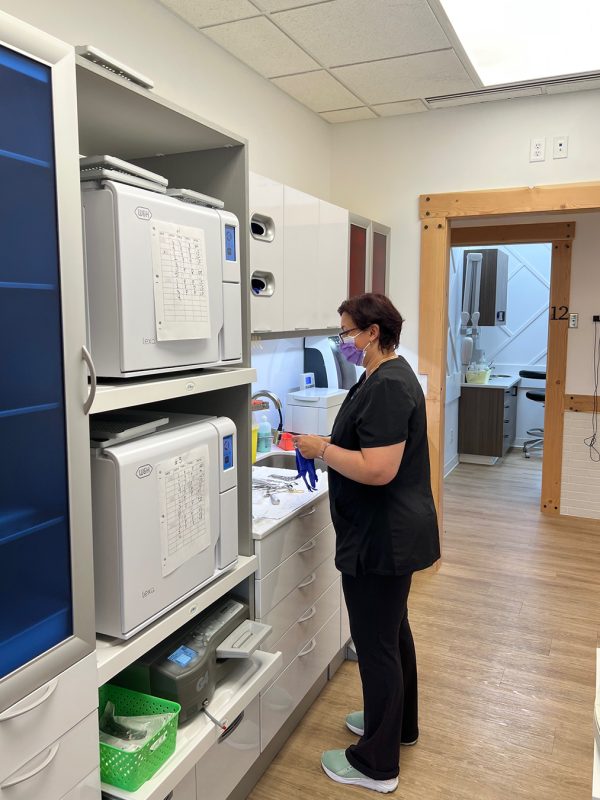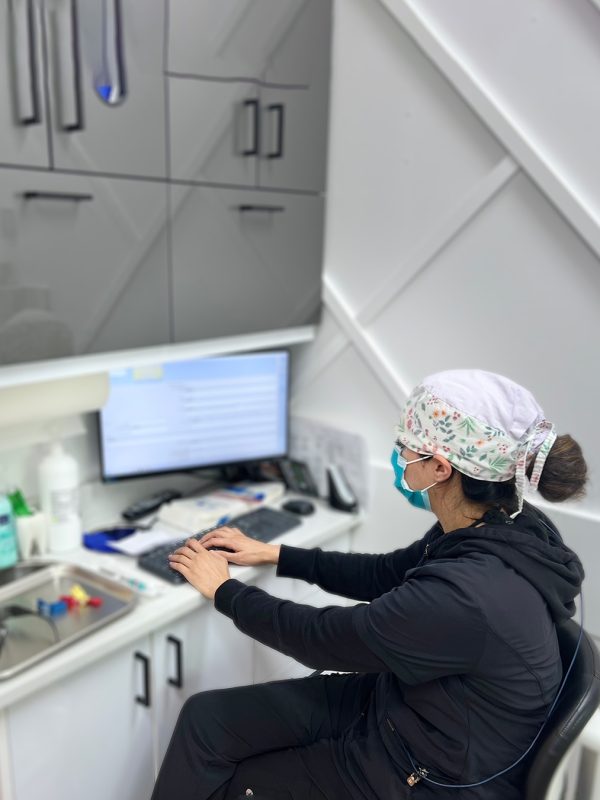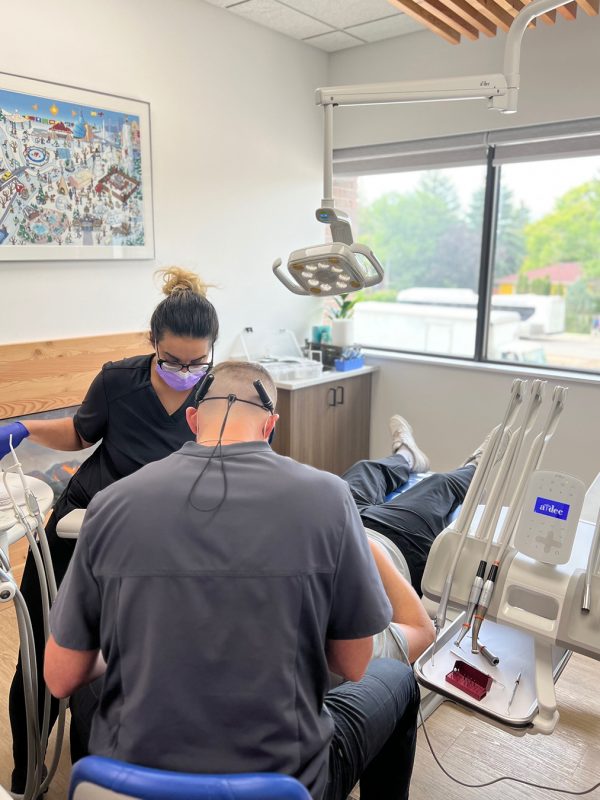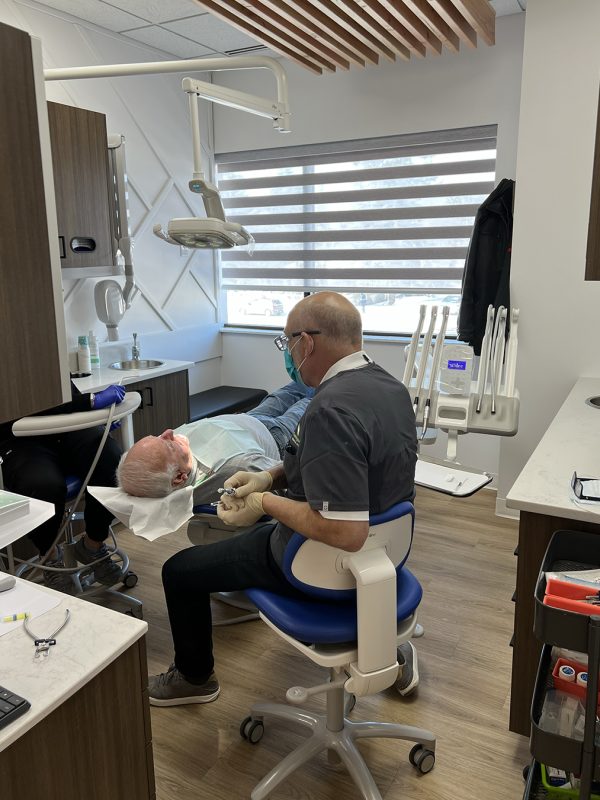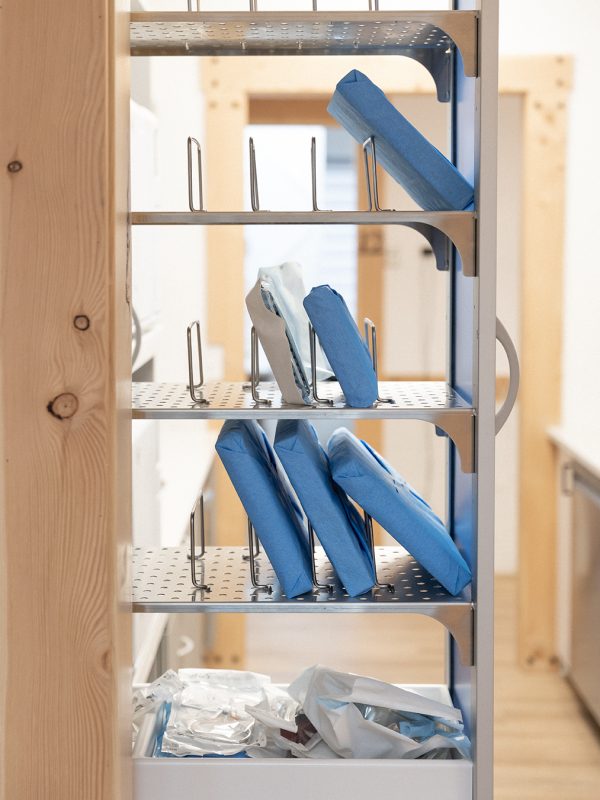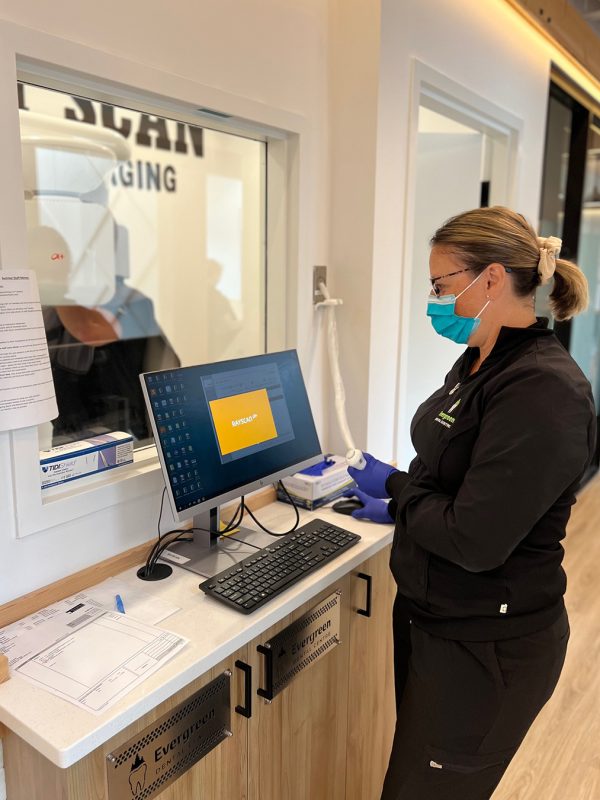Food impaction in teeth is a common issue that goes beyond mere discomfort after meals. Many individuals experience food getting stuck between their teeth, often without realizing the potential dental risks involved. This problem can lead to irritation, gum inflammation, and even long-term oral health complications if not addressed properly. In this article, we will explore the causes of food impaction in teeth, its symptoms, and effective solutions to prevent and manage it.
Table of Contents:
- What is Food Impaction in Teeth?
- Why Does Food Get Stuck Between Teeth?
- Signs and Symptoms of Food Impaction
- Preventing Food Impaction in Teeth
- When to See a Dentist
- Conclusion
What is Food Impaction in Teeth?
Food impaction occurs when food particles become trapped between your teeth or along the gum line. This common dental issue often happens after eating fibrous or sticky foods. While it may seem like a minor inconvenience, repeated food impaction can cause discomfort, pain, and potentially lead to more serious oral health problems.
When food becomes lodged between your teeth, it can press against the gums, causing irritation and inflammation. This may result in gingivitis, characterized by red, swollen, and sensitive gums. If the trapped food particles are not removed promptly, bacteria can accumulate, increasing the risk of tooth decay or gum disease, as supported by research.
Why Does Food Get Stuck Between Teeth?
Food impaction is a common problem that happens when food gets stuck between your teeth. Several things can cause this:
- Tooth Shape: The shape of your teeth, especially back teeth with lots of bumps and grooves, can make it easier for food to get caught.
- Tight Spaces: Even if your teeth look straight, there might be tight spots between them, especially in the back of your mouth, where food can get stuck.
- Gaps or Spaces: If there are gaps between your teeth, either naturally or because you’re missing teeth, food can easily slip into those spaces.
- Crooked or Overlapping Teeth: If your teeth are crooked or not straight, they can create unusual angles and tight spaces that make it more likely for food to get trapped.
- Cavities: Cavities can create rough spots in your teeth where food can get stuck, leading to even more decay.
By understanding these factors, you can take steps to prevent food impaction and keep your mouth healthy.
Signs and Symptoms of Food Impaction
Food impaction can be a frustrating and sometimes painful dental issue. While it may not always be immediately apparent, there are several signs and symptoms that can indicate you’re dealing with this problem. Paying attention to these signs and seeking prompt treatment can help prevent further complications and maintain good oral health.
Here’s a breakdown of the common signs and symptoms of food impaction:
| Symptom | Description |
| Pain or Discomfort | Aching or tenderness between teeth, especially when chewing. |
| Swollen or Red Gums | Puffy or inflamed gums around the affected area. |
| Bleeding Gums | Gums that bleed when brushing or flossing. |
| Bad Breath | Unpleasant odor even after brushing. |
| Unpleasant Taste | A sour or metallic taste in the mouth. |
| Chewing Difficulty | Trouble chewing or biting down on one side of the mouth. |
| Sensitive Teeth | Sensitivity to hot or cold foods. |
| Visible Food | Food particles visible between teeth. |
If you notice any of these signs, it’s important to see a dentist for evaluation and treatment.
Preventing Food Impaction in Teeth
To reduce the risk of food impaction, incorporate these preventive measures into your daily routine:
Practice Good Oral Hygiene
Brush your teeth at least twice a day with a fluoride toothpaste and floss daily to remove food particles and prevent buildup.
Use a Mouthwash
A mouthwash can help kill bacteria and freshen your breath, reducing the risk of inflammation and infection.
Eat Mindfully
Chew your food thoroughly before swallowing to break it down into smaller pieces. Avoid eating large chunks of food that are difficult to chew.
Limit Sticky and Fibrous Foods
Reduce your consumption of sticky candies, gum, and fibrous foods that are more likely to get stuck between teeth.
Stay Hydrated
Drinking plenty of water can help rinse away food particles and prevent them from becoming trapped.
Regular Dental Checkups
Visit your dentist for regular checkups and cleanings. They can identify and address any potential dental issues that may contribute to food impaction.
When to See a Dentist
While it’s normal to occasionally get food stuck between your teeth, there are situations where persistent food impaction can indicate a deeper dental problem. Here’s when you should consider scheduling a visit to your dentist:
- Persistent Pain or Discomfort: If you frequently experience pain or discomfort in a specific area when chewing, it could be a sign of a more serious issue, such as a cavity or gum disease.
- Swelling, Redness, or Bleeding Gums: These symptoms could be signs of gum inflammation or a more severe form of gum disease.
- Recurring Food Impaction: If you notice food consistently getting stuck in the same spot, it could point to an underlying problem, like a gap between teeth or a cracked tooth.
- Visible Cavities or Gum Pockets: These can be breeding grounds for bacteria and increase the risk of infection.
If you notice any of these signs, it’s important to see a dentist for evaluation and treatment.
Conclusion
Food impaction in teeth is a common issue that can lead to more than just occasional discomfort—it can affect your long-term oral health if ignored. By understanding why food gets stuck and how to prevent it, you can protect your teeth and gums from unnecessary pain or complications. Practicing good oral hygiene, being mindful of what you eat, and addressing the problem early are all steps you can take to keep your smile healthy.
If you’re dealing with persistent food impaction in teeth or notice any related symptoms, don’t wait for it to get worse. Schedule an appointment with our expert dentists to get personalized advice and keep your dental health on track.





